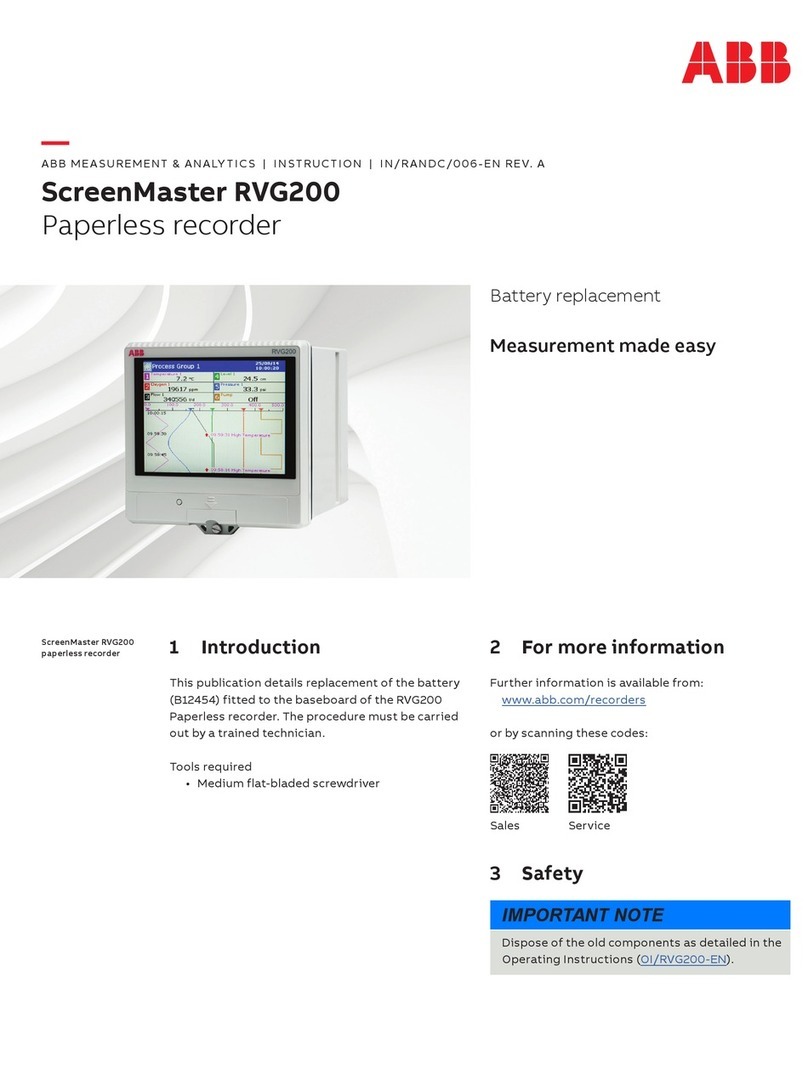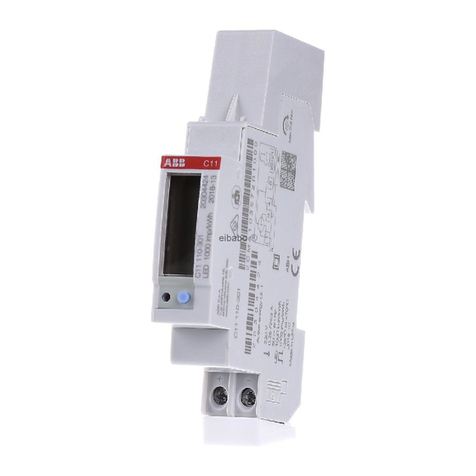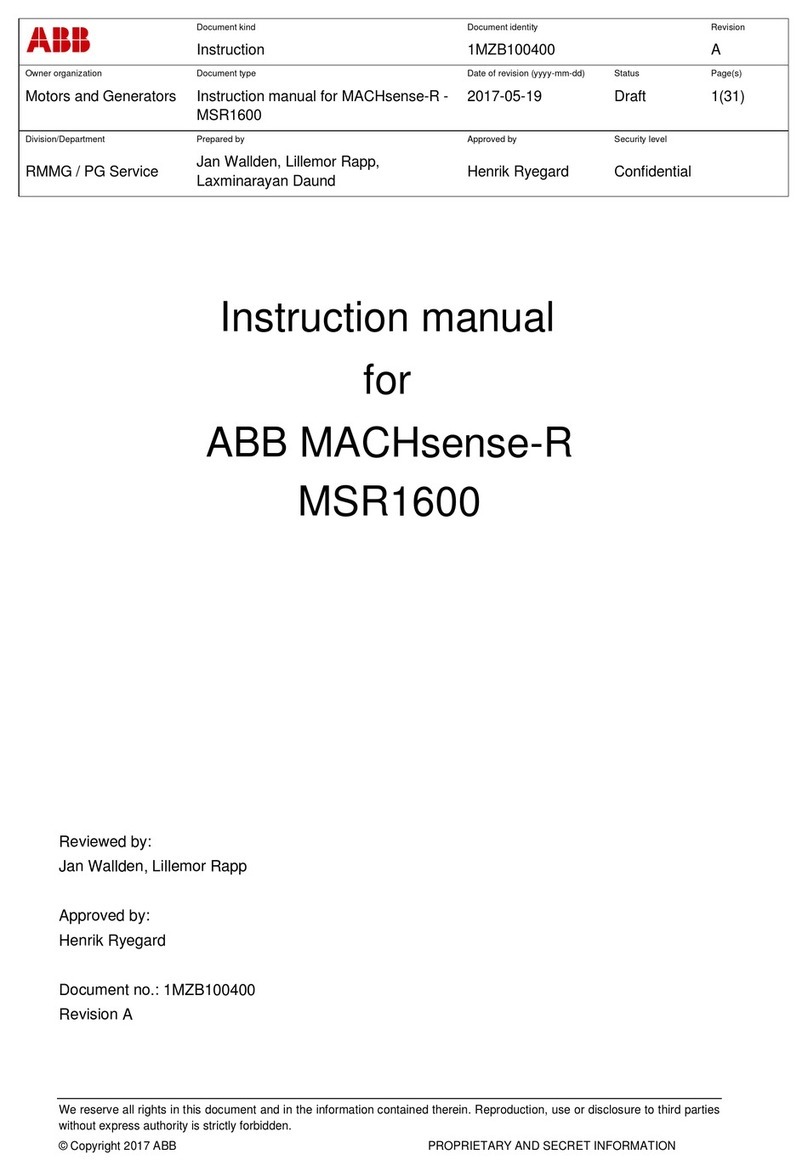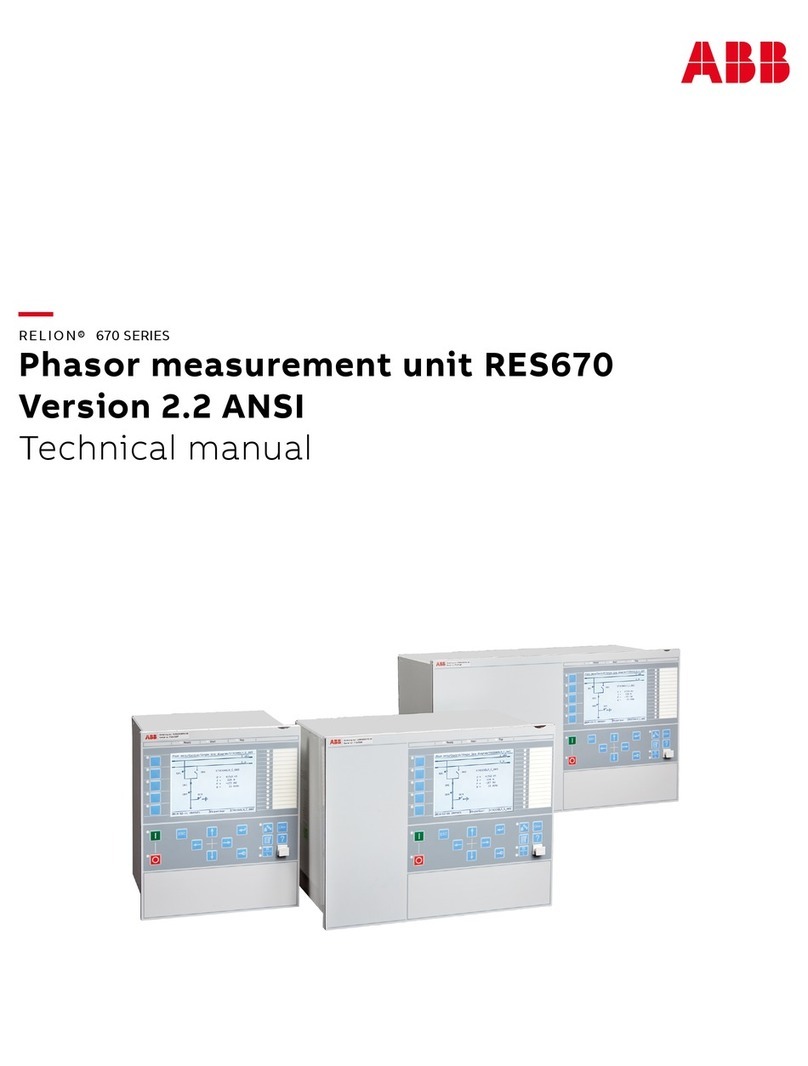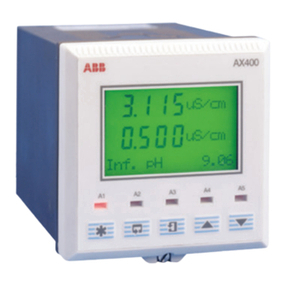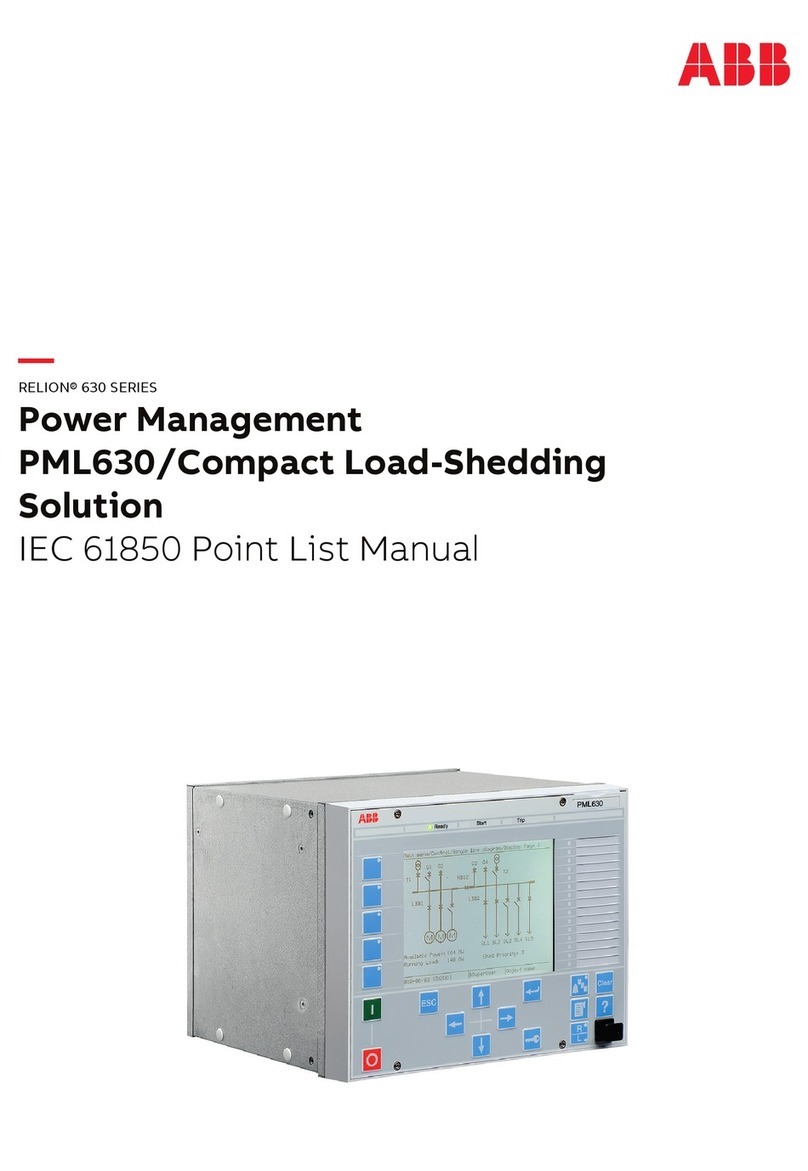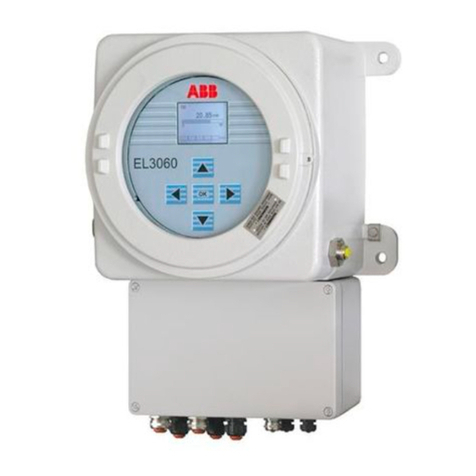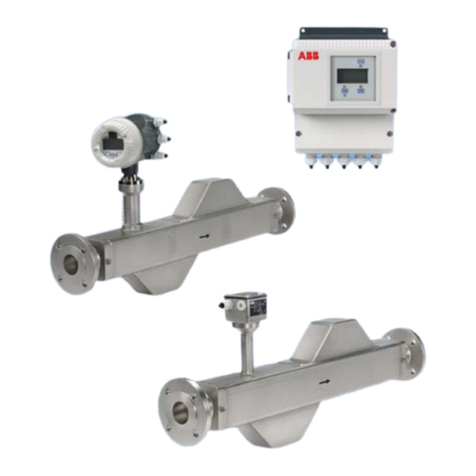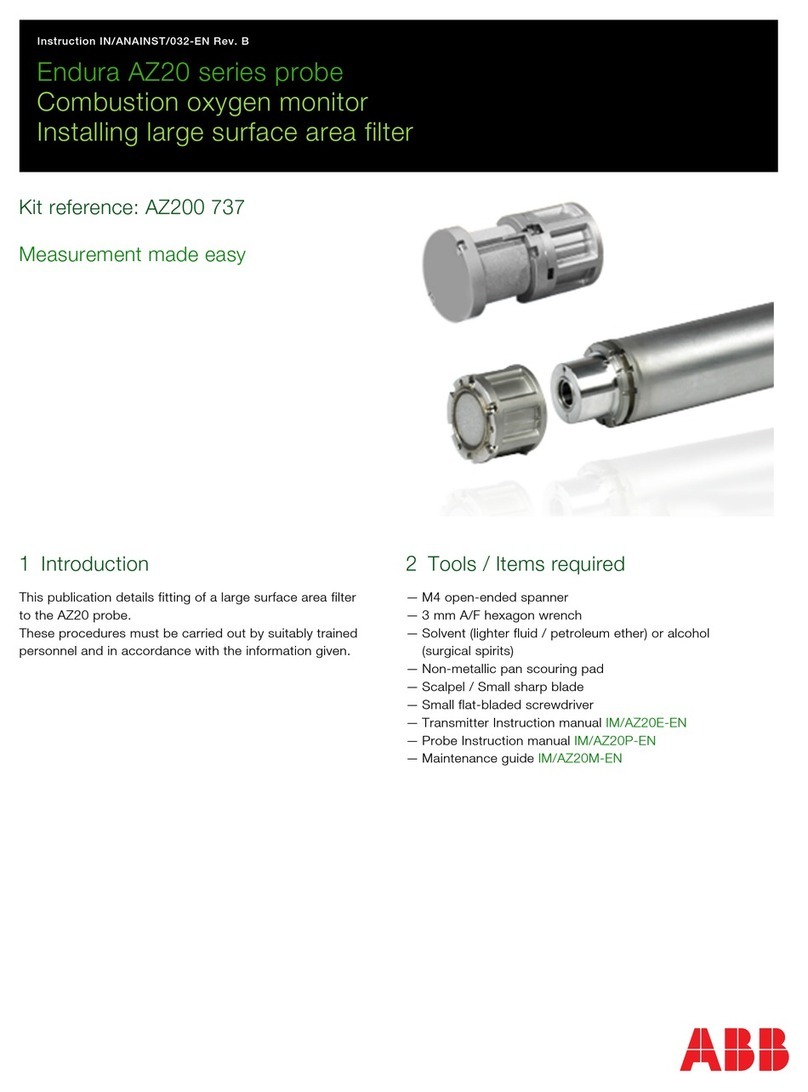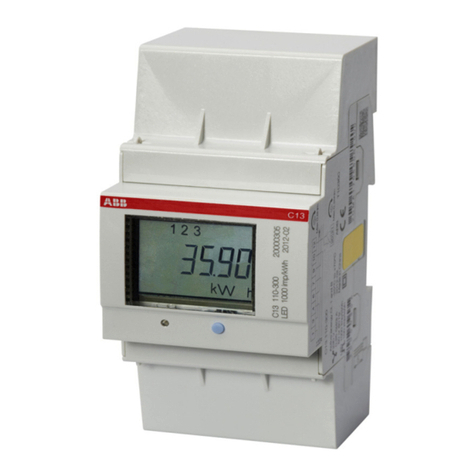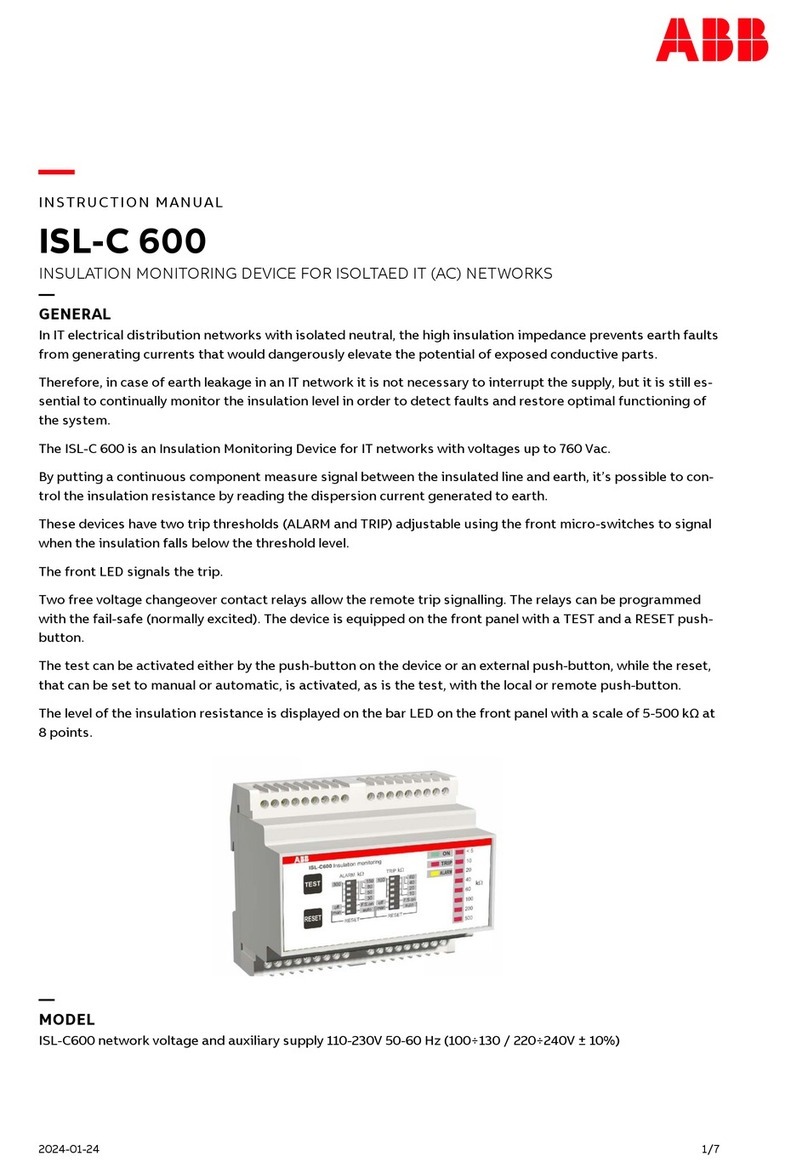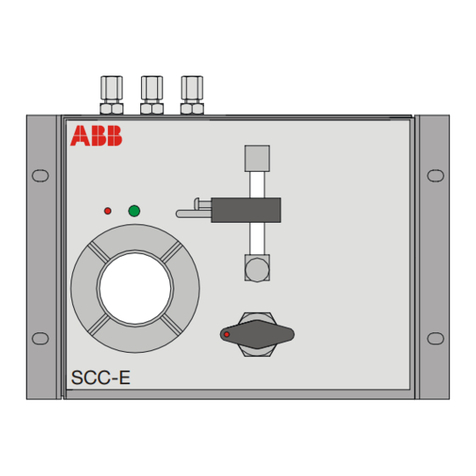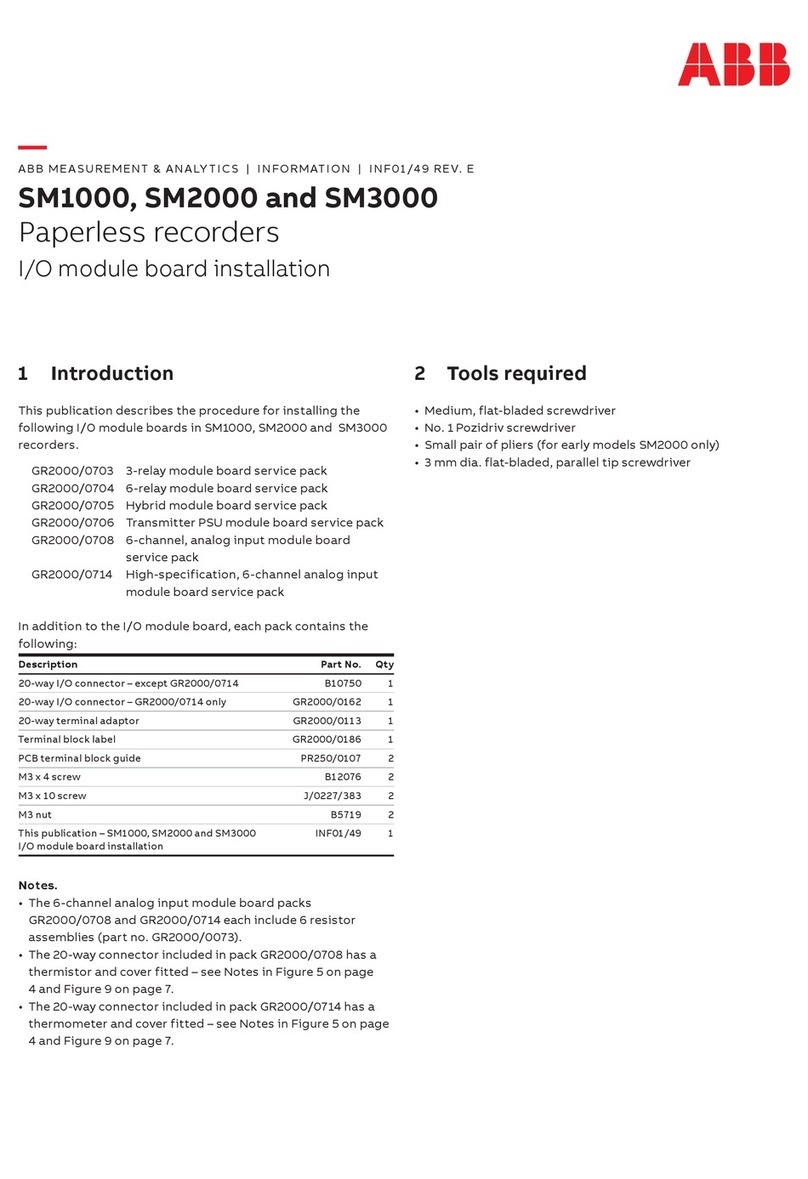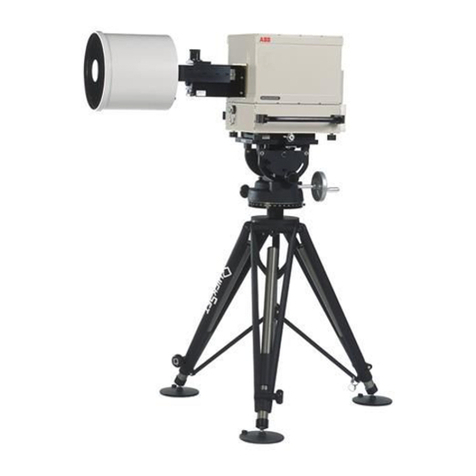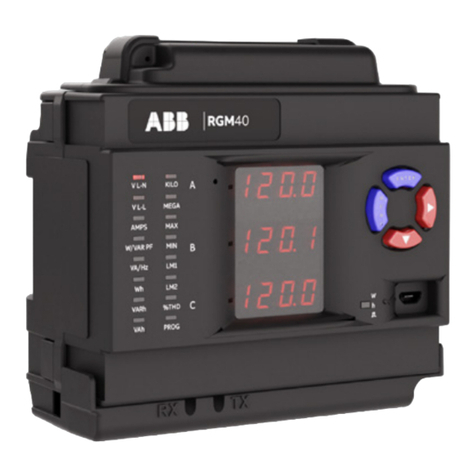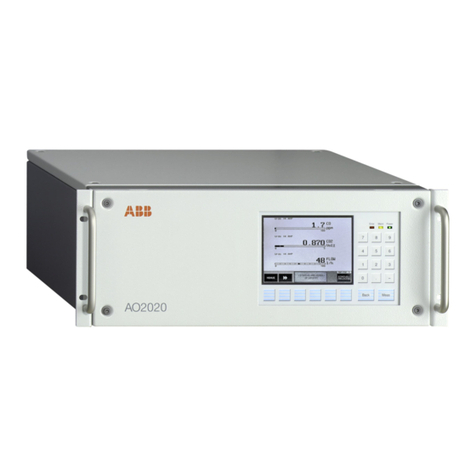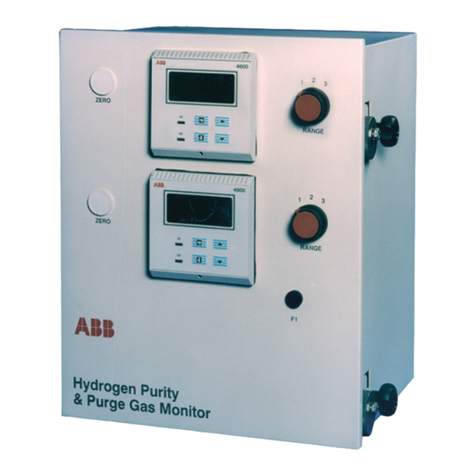
Contents
General information and instructions . . . . . . . . . . . . . . . .2
Specification . . . . . . . . . . . . . . . . . . . . . . . . . . . . . . . . . . .3
Agency Approval . . . . . . . . . . . . . . . . . . . . . . . . . . . . . . . 5
Component Material List . . . . . . . . . . . . . . . . . . . . . . . . . . . 5
Product identification . . . . . . . . . . . . . . . . . . . . . . . . . . . . . 6
Mounting the Positioner. . . . . . . . . . . . . . . . . . . . . . . . . . .7
Tubing Connections . . . . . . . . . . . . . . . . . . . . . . . . . . . . . 8
Electrical Connections. . . . . . . . . . . . . . . . . . . . . . . . . . . . . .10
Calibration. . . . . . . . . . . . . . . . . . . . . . . . . . . . . . . . . . . . . . . . .12
General information and instructions
These instructions are an important part of the product and
must be retained for future reference. Installation, commission-
ing, and maintenance of the product may only be performed by
trained specialist personnel who have been authorized by the
plant operator accordingly. The specialist personnel must have
read and understood the manual and must comply with its in-
structions.
For additional information or if specific problems occur that
are not discussed in these instructions, contact the
manufacturer. The content of these instructions is neither part
of nor an amendment to any previous or existing agreement,
promise or legal relationship.
Introduction
This document is intended for control engineers with in-depth
knowledge of positioners and positioner applications. The quick
start guide highlights the major points of installation and
calibration. Detailed installation and calibration information is
contained in the Operating Instruction (OI/AV12). It is strongly
recommend to download and use the Operating Instruction
manual for initial setup and operation.
Return of Equipment
All equipment being returned to the factory for repair must be
free of any hazardous materials (acids, alkalis, solvents, etc.). A
Material Safety Data Sheet (MSDS) for all process liquids must
accompany returned equipment. Contact the factory for
authorization prior to returning equipment.
Contacting the Factory
Should assistance be required with any of the company’s
products, contact the following:
Telephone: 1-800-HELP-365
E-Mail: automationsupport@us.abb.com
Trademarks and Registrations
Registrations and trademarks used in this document include:
Registered trademark of
® Delrin E.I. DuPont de Nemours Company, Incorporated
® Dow Corning Dow Corning Corporation
® Lexan General Electric Company, GE Plastics Division
® Monel International Nickel Company
® Noryl General Electric Company, GE Plastics Division
® PowerRac DeZurik, a Unit of General Signal
® Rynite E.I. DuPont de Nemours Company, Incorporated
® Teflon E.I. DuPont de Nemours Company, Incorporated
® Valox General Electric Company, GE Plastics Division
® Viton E.I. DuPont de Nemours Company, Incorporated
POSSIBLE PROCESS UPSETS.
Maintenance must be performed only by qualified personnel
and only after securing equipment controlled by this product.
Adjusting or removing this product while it is in the system
may upset the process being controlled. Some process up-
sets may cause injury or damage.
and is issued in strict confidence. Its use, or reproduction for
use, for the reverse engineering, development or manufacture
of hardware or software described herein is prohibited. No part
of this document may be photocopied or reproduced without
the prior written consent of ABB Inc..
2 AVI and AV2 POSITIONERS | SOI/AV12 R E V. A
Warnings
The warnings in these instructions are structured as follows:
DANGER
The signal word ‘DANGER’ indicates an imminent danger.
Failure to observe this information will result in death or
severe injury.
WARNING
The signal word ‘WARNING’ indicates an imminent danger.
Failure to observe this information may result in death or
severe injury.
CAUTION
The signal word ‘CAUTION’ indicates an imminent danger.
Failure to observe this information may result in minor or
moderate injury.
NOTICE
The signal word ‘NOTICE’ indicates potential material
damage.
Note - ‘Note’ indicates useful or important information
about the product.
Do not install, maintain or operate this equipment without
reading, understanding and following the proper factory-sup-
plied instructions and manuals, otherwise injury or damage
may result.
